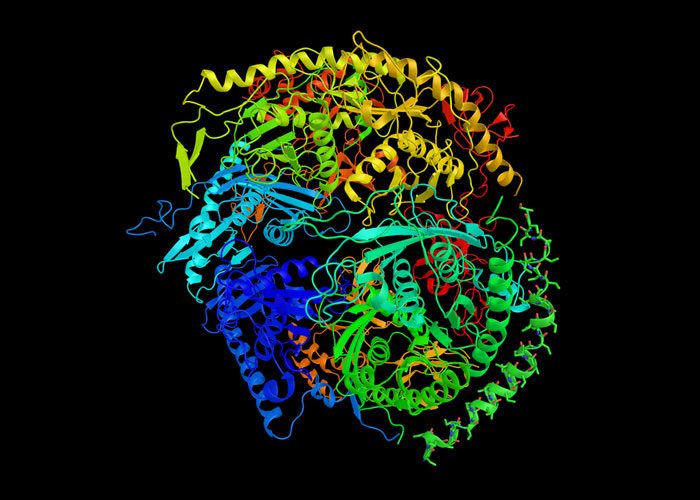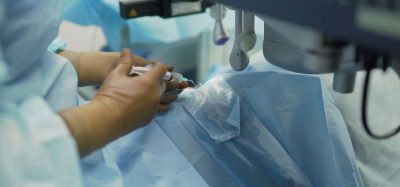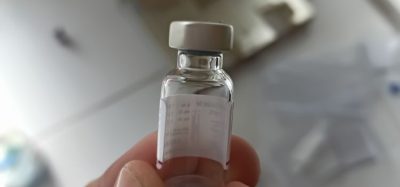Plasmonic biosensors enable development of new easy-to-use health tests
Posted: 14 December 2017 | Dr Zara Kassam (European Pharmaceutical Review) | No comments yet
Researchers have developed a biosensor that can detect diseased exosomes, important indicators of various health conditions…


Researchers have developed a biosensor that enables creating a range of new easy-to-use health tests similar to home pregnancy tests. The plasmonic biosensor can detect diseased exosomes even by the naked eye. Exosomes, important indicators of health conditions, are cell-derived vesicles that are present in blood and urine.
The conventional plasmonic biosensors are able to detect analytes solely at a molecular level
A rapid analysis by biosensors helps recognise inflammatory bowel diseases, cancer and other diseases rapidly and start relevant treatments in time. In addition to using discovery in biomedicine, the industry may use advanced applications in energy.
Researchers created a new biosensor by depositing plasmonic meta-particles on a black, physical body that absorbs all incident electromagnetic radiation. A plasmon is a quantum of plasma oscillation. Plasmonic materials have been used for making objects invisible in scientific tests. They efficiently reflect and absorb light. Plasmonic materials are based on the effective polarisabilities of metallic nanostructures.
“It is extraordinary that we can detect diseased exosomes by the naked eye. The conventional plasmonic biosensors are able to detect analytes solely at a molecular level. So far, the naked-eye detection of biosamples has been either rarely considered or unsuccessful”, says Professor Mady Elbahri from Aalto University.
Plasmonic dipoles are famous for their strong scattering and absorption. Dr Shahin Homaeigohar and Moheb Abdealziz from Aalto University explain that the research group has succeeded in demonstrating the as-yet-unknown specular reflection and the Brewster effect of ultrafine plasmonic dipoles on a black body host.
“We exploited it as the basis of new design rules to differentiate diseased human serum exosomes from healthy ones in a simple manner with no need to any specialised equipment”, says Dr Abdou Elsharawy from the University of Kiel.
The approach enables a simple and cost-effective design of a perfect colored absorber and creation of vivid interference plasmonic colours.
According to Prof Elbahri, there is no need to use of sophisticated fabrication and patterning methods. It enables naked-eye environmental and bulk bio-detection of samples with the minor change of molecular polarisability of even 0.001%.
Related topics
Analytical techniques, protein kinases, Research & Development (R&D)
Related organisations
Related people
Dr Shahin Homaeigohar, Dr Abdou Elsharawy, Moheb Abdealziz, Professor Mady Elbahri









